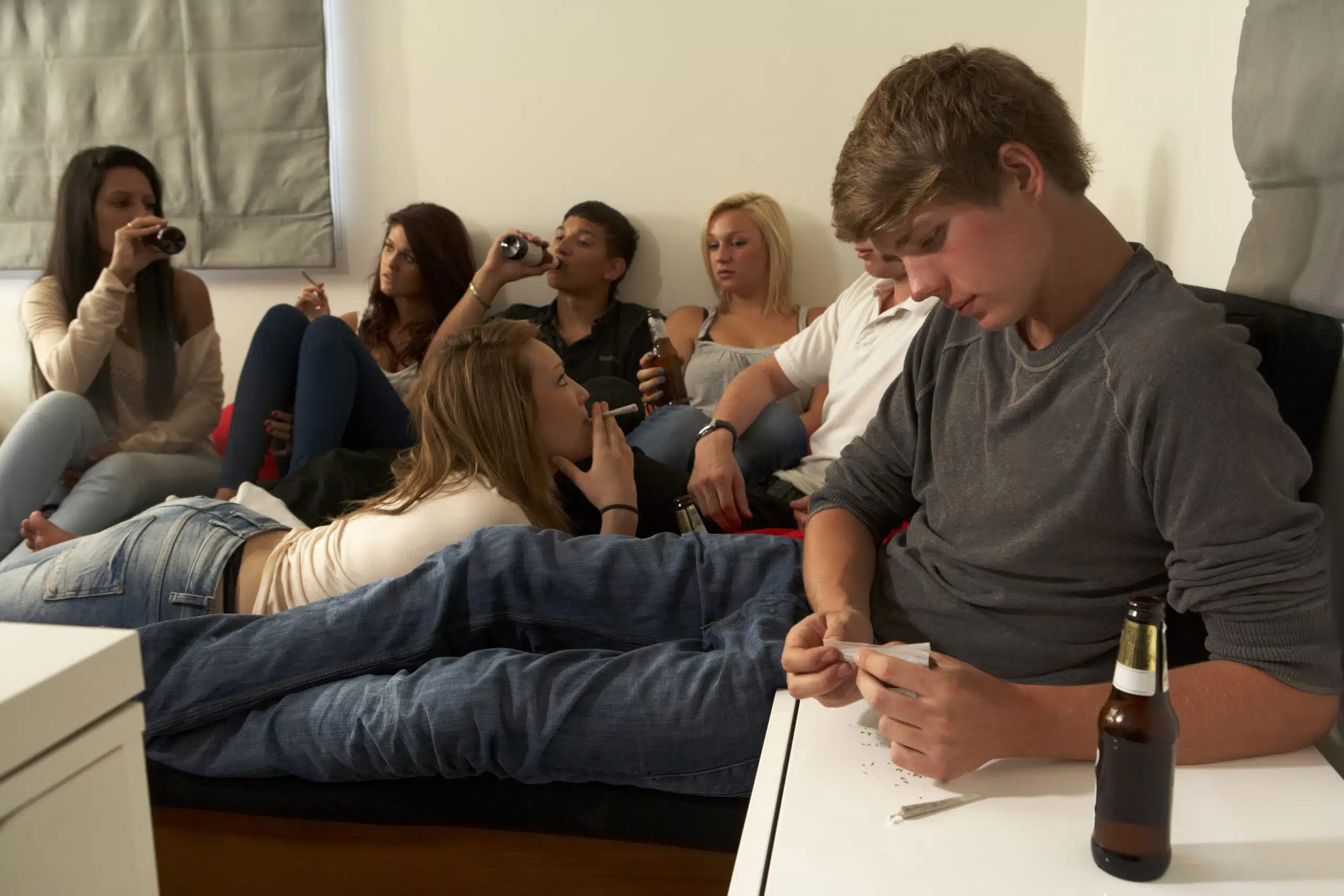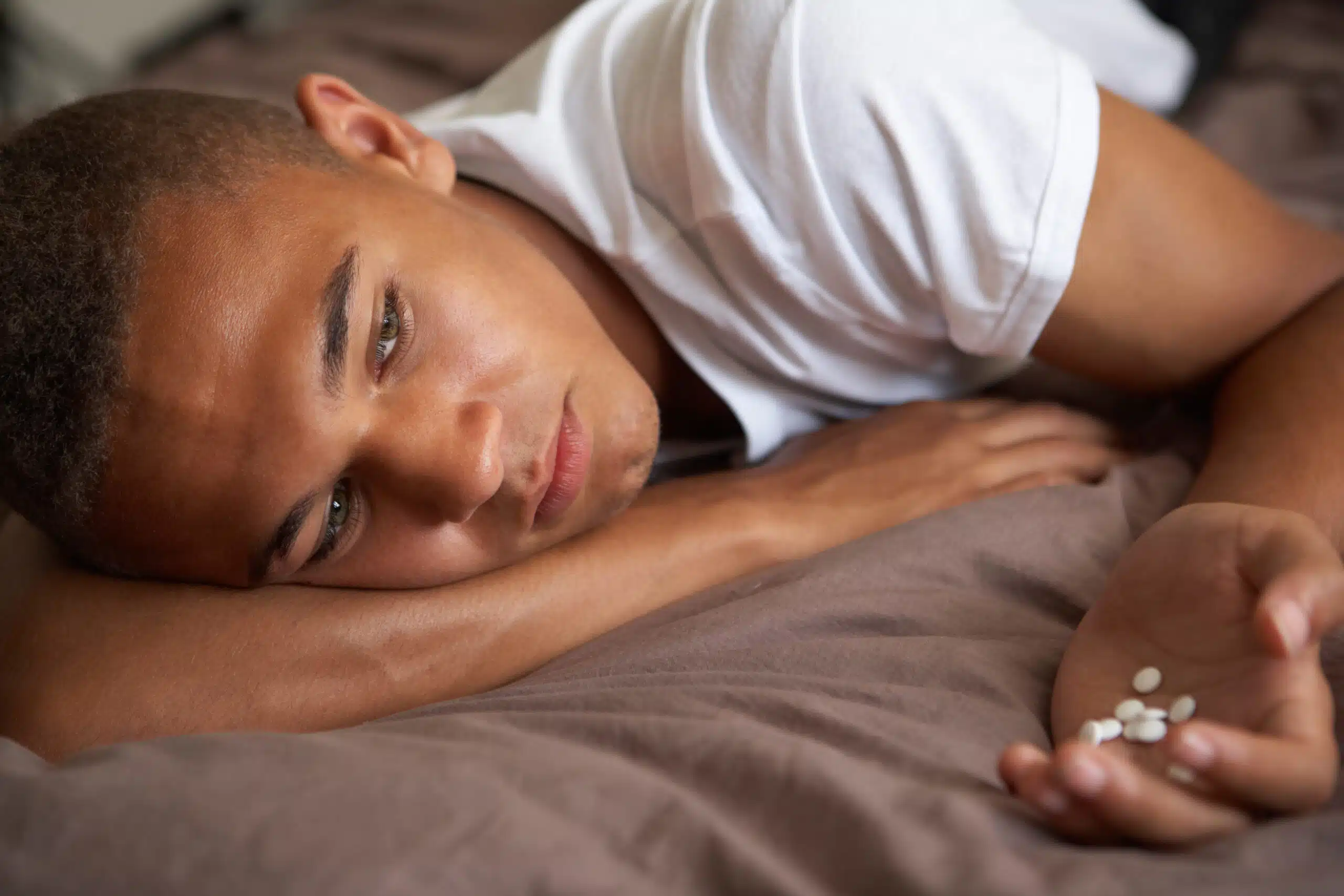
How Do I Know if I Have OCD Symptoms?
OCD or obsessive-compulsive disorder is a mental health diagnosis that often is accompanied by significant stigma. Unfortunately, it is not uncommon to hear someone say things like “you are very OCD” or “your OCD is getting the best of you.” Also, portrayals of individuals with obsessive-compulsive disorder on television or in the movies are often inaccurate and again serve to do little more than propagate misguided stigma about the challenges someone with OCD faces each day. When people think about obsessive-compulsive disorder, they think about someone who must “uncontrollably do things.”
For example, they must wash their hands a specific number of times, or perhaps they need to touch the light switch a set number of times before leaving a room. Others must check the stove multiple times before leaving the house or may experience OCD symptoms so severe that they must walk through a room a set number of times in a specific pattern, or something terrible like death may happen. Although it is unlikely someone will die from failing to walk diagonally across a room, this is the psychological struggle someone with obsessive-compulsive disorder has. If your teen has OCD symptoms, the challenges they face are real, scary, and often add another layer of difficulty onto a season of life already challenging to navigate for many. To understand if you have OCD symptoms, it is necessary to understand a bit more about obsessive-compulsive disorder.
What is Obsessive-Compulsive Disorder or OCD?
The Diagnostic and Statistical Manual of Mental Disorders, 5th Edition classifies obsessive-compulsive disorder as a mental illness characterized by unwanted, repetitive thoughts (obsessions) and irrational, excessive urges to do certain things (compulsions). The symptoms a teen with obsessive-compulsive disorder experiences go far beyond needing to make sure they lock the door or wash their hands. A teen who meets the diagnostic criteria for obsessive-compulsive disorder feels the overwhelming compulsion to repeatedly act out certain rituals or habits. It does not matter if they understand that the rituals or habits are undesirable, unnecessary, or serve no beneficial purpose. Many people diagnosed with obsessive-compulsive disorder know their thoughts, behaviors, and actions do not make logical sense; however, they cannot stop them even if those actions pose a significant complication to their day-to-day life.
What are Obsessions and Compulsions?
The primary symptoms of obsessive-compulsive disorder are obsessions and compulsions. Although there are different types or dimensions of OCD as described below, everybody with an OCD diagnosis will experience a range of obsessions and compulsions. Obsessions are thoughts that “tell” your teen they need to do something, and compulsions are the behaviors they engage in to satisfy or quiet the thoughts. In general, these thoughts and behaviors last more than an hour each day and interfere significantly with daily life.
Obsessions are frequently upsetting and result in anxiety if they are not addressed. They repeatedly occur (often daily), and even if ignored, they return. A teen who struggles with obsessive-compulsive disorder may try to actively ignore or suppress obsessive thoughts, but the fear associated with the thoughts “coming true” makes ignoring them impossible. Eventually, fear and anxiety linked to obsessive thoughts force the teen to engage in compulsive behaviors.
Compulsions or compulsive behaviors are the repetitive acts that temporarily relieve fear, stress, and anxiety brought about by the obsession. These are the actions that quiet thoughts such as “if I don’t wash my hands seven times, I could contract a fatal disease.” A teen with obsessive-compulsive disorder will adopt various compulsions because they believe performing these rituals or behaviors will stop bad things from happening.
What are the Types of Obsessive-Compulsive Disorder?
Obsessive-compulsive disorder is the umbrella term for an illness that presents in different ways. Although the Diagnostic and Statistical Manual of Mental Disorders or DSM does not specifically classify obsessive-compulsive disorder into subtypes, there is significant research to suggest that teens (and adults) with an OCD diagnosis experience symptoms in different ways. It is necessary to understand how your teen’s symptoms present to determine the best course of treatment for their OCD at a teen-focused treatment center like Beachside.
A treatment provider may refer to the “type” up symptoms your teen experiences as dimensions rather than symptom subtypes four categories. As with many mental illnesses, not everyone will experience the same symptoms or experience symptoms in the same way. Additionally, it is possible to experience symptoms from one or more dimensions or “types” of obsessive-compulsive disorder. It is common for someone living with obsessive-compulsive disorder to experience a range of symptoms from one or more dimensions. The four primary dimensions are cleaning and contamination, symmetry and ordering, forbidden thoughts, and hoarding. Again, each dimension has specific symptoms commonly associated with that type of OCD.
Symptoms from the cleaning and contamination dimension of obsessive-compulsive disorder are characterized by persistent worry about germs or sickness. Fears about exposure to viruses, getting sick, or encountering other sources of contamination lead to compulsions focused on washing, washing rituals, and specific cleaning behaviors. Symmetry and ordering involve the overwhelming need for belongings to be aligned or placed in a certain way. Without extreme symmetry, a teen will feel incomplete and feel as though things are not in order. Common behaviors associated with this dimension of OCD include counting rituals, organization rituals, and reordering items multiple times.
The forbidden thoughts dimension encompasses a variety of thoughts that can be overwhelmingly difficult to manage. Common examples include intrusive thoughts that are often sexual or violent in nature, persistent questioning of sexual orientation and desire, fears that you will harm yourself or someone else, and concerns about causing bad things to happen. Someone experiencing symptoms from this dimension of obsessive-compulsive disorder will frequently revisit their day-to-day activities to ensure they haven’t done anything that could cause harm to someone else. This type or dimension of OCD involves obsessions and intrusive thoughts that are not often visible to others. Still, without treatment focused on helping manage and overcome symptoms, they can be equally as detrimental to your teen’s mental health and well-being. The last type or dimension of OCD is hoarding. This type of hoarding is different than a hoarding disorder which is a separate mental health condition. The primary difference is that the stress involved with hoarding related to obsessive-compulsive disorder is different than hoarding disorder. Someone with OCD hoarding does not necessarily want the things they collect; however, the fear associated with throwing them away compels them to save them. Some people fear touching the items to throw them away (because they could be contaminated), whereas others may fear throwing away a vital or essential thing by accident.
It is important to remember that obsessive-compulsive disorder and its associated symptoms will often be different for everybody. In some cases, your teen may be struggling with obsessive-compulsive disorder, but their symptoms are not outwardly noticeable or severe enough to present a significant challenge to their day-to-day life. It could be difficult to know if your teen is struggling with OCD but if you are concerned, reach out to the caring and compassionate team at Beachside to learn more about how our programs might be able to help.
Diagnosing and Treating OCD
At a treatment center like Beachside, a mental health provider will work with you and your family to learn more about the types of symptoms your teen experiences, whether they cause distress and how much of the day is devoted to compulsions. A diagnosis of obsessive-compulsive disorder often requires that symptoms affect your teen’s day-to-day function and consume at least an hour or more of their day. It is also important to note which group of symptoms your teen experiences as not all treatment programs and models for OCD have the same benefits for all symptom dimensions.
In many cases, the most effective therapy model for obsessive-compulsive disorder is a combination of therapy and medication. Exposure and response prevention (ERP), a type of cognitive-behavioral therapy, is generally the most recommended treatment approach. This type of treatment gradually exposes your teen to subjects of their obsessions or things that cause compulsions. Working in the safety of a therapeutic setting, your teen can learn how to deal with the emotional struggle they feel when they do not complete their compulsions. They will practice these skills and learn healthier coping mechanisms, but they can take with them in the post-treatment environment. If your teen has severe obsessive-compulsive disorder symptoms or their symptoms do not respond to therapy alone, their mental health care provider may recommend medication to be used in conjunction with their therapeutic program.
Obsessive thoughts happen to most people from time to time. It is not uncommon to wonder if the stove was turned off or the doors locked before leaving for work. Although frustrating, these obsessions or concerned thoughts do not take up more than a few minutes thought-or a quick run back inside to check the stove. However, if your teen experiences obsessions or compulsions that take up more than an hour of their day or their symptoms inhibit their ability to accomplish goals and tasks, it may be time to consider reaching out to the team at Beachside. Left untreated, obsessive-compulsive disorder symptoms often worsen over time, eventually having an overwhelmingly detrimental impact on your teen’s relationships and overall quality of life.
With treatment, however, it is possible to learn to manage symptoms in a safe and healthy way. Research has shown the best outcome for teens (and adults) with obsessive-compulsive disorder symptoms involves comprehensive, evidence-based therapies in a setting equipped to manage the unique nature of teen mental health treatment. If your teen is struggling with obsessive-compulsive disorder symptoms that are hindering their ability to live their best life, don’t wait another day to reach out to our caring and compassionate team here at Beachside.
Sources




